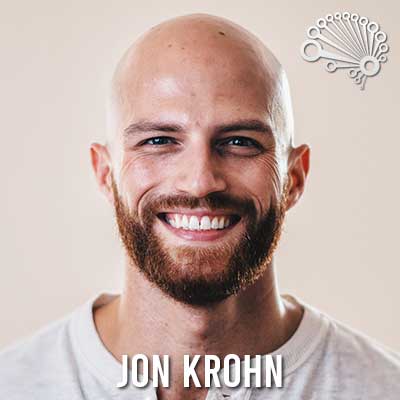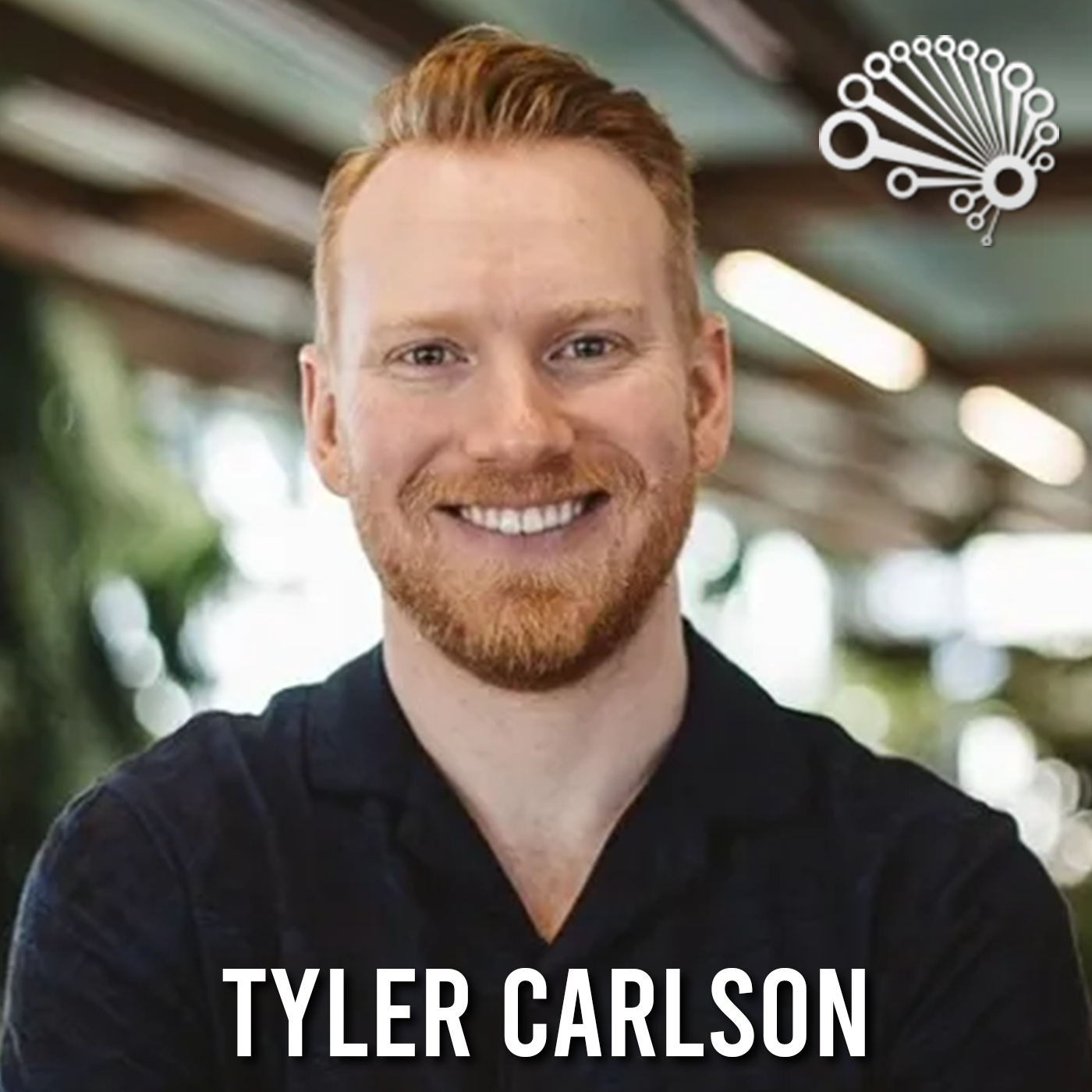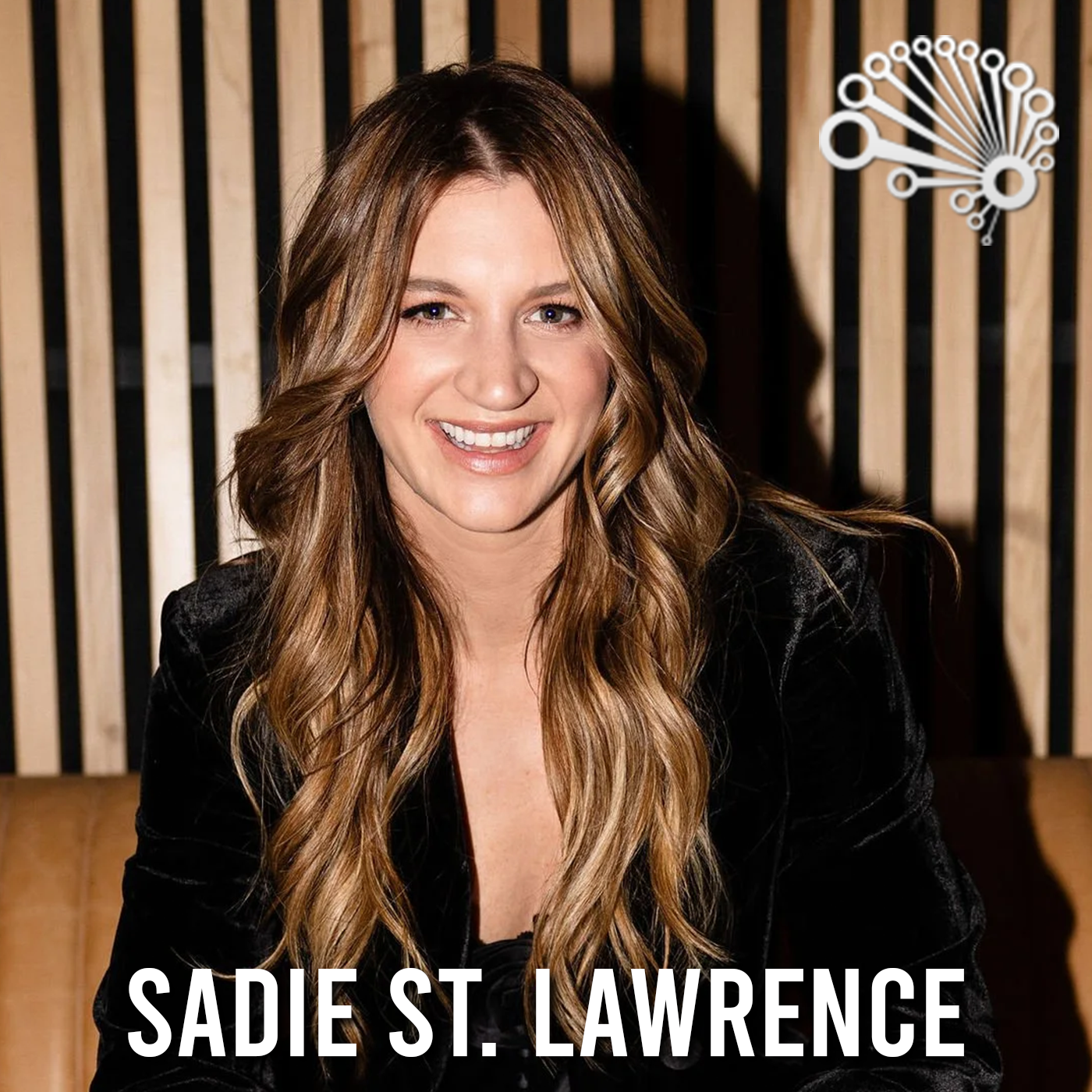(00:04):
This is FiveMinuteFriday on Attention-Sharpening Tools (Part 2 of 2)
(00:14):
On last week’s FiveMinuteFriday, I introduced the concept that mindfulness training or a formal meditation practice are fundamentally nothing more than honing your attentional capacity. I talked about two tools — the guided meditation app Headspace and the brain-sensing headband Muse — that I use together as a part of my daily meditation ritual going back now many years. At the end of the episode, I disclosed that the coronavirus pandemic unexpectedly led to a recent dramatic acceleration in my commitment to deliberate mindfulness as well as a corresponding dramatic acceleration in attentional benefits. Let’s dig into that now.
(00:59):
After a few months of COVID lockdown, I was in an emotionally challenging period. I’m a highly social person. I love hanging out with groups of friends and I even love going into the office to spend time with my witty and fascinating colleagues.
(01:15):
So, while I’d been meditating daily for years — but typically for only up to ten minutes a day — I had a sense that I needed to deepen my meditation practice further to confront these challenging lockdown-related emotions. Thus, for several months now, along with being sure to use my Muse brainwave-feedback headband every single day while digesting a Headspace guided meditation, I’ve also been gradually lengthening my meditation sessions. More specifically, in the summer of 2020 I began using the Headspace 365 pack, which was the original 365-day series of meditations that featured in the app when it was first launched many years ago. I tackled the 365 pack in part because I had already completed every other pack of meditations that are available in the Headspace app, but also because I knew that it would force me to — after six years of daily mindfulness training — finally extend the length of my daily sessions.
(02:20):
The Headspace 365 pack starts with ten 10-minute sessions then goes on to fifteen 15-minute sessions. And then, for the remaining 340 days in the 365 pack, you do 20-minute-long sessions. Now, I don’t have time, every single day, or more accurately, I don’t yet make time every single day for 20 minutes of meditation. So, I do one 20-minute session from the 365 pack on about half of days. And for the sake of maintaining my daily ritual of doing at least some structured mindfulness training, on the other half of days, I do the quote-unquote “Today’s Meditation” from the Headspace app home screen, which I then typically set for a three- or five- or at most a ten-minute session.
(3:12):
It’s on the days where I do the 20-minute meditation, however, that I’ve noticed the dramatic acceleration in benefits. Having noticed that, I am now committed to three days a week where I do a particularly long session. The guided Headspace 365 session always ends after 20 minutes but I set the Muse headband to continue sensing my brain waves for unguided meditation (simply bringing my attention back to my breath whenever it drifts away) for one minute longer each week.
(03:47):
So two weeks ago, I was doing a 28-minute long session three days a week. Last week, I was doing 29-minute sessions three days a week. And this week, I did three half-hour sessions over the course of the week. I’m going to continue experimenting with adding another minute each week until I notice that the benefits start to plateau; maybe that’ll be around the 45-minute mark or something like that, but I really don’t know!
(04:11):
The point is that by doing these longer sessions, even after years of meditating without missing a day, I’ve noticed a huge impact on my attention span. Challenges suddenly seem trivial and manageable. I fly through my to-do list during the day. I don’t waste time, I don’t become consumed by distracting or unhelpful thoughts, or by irrelevant events that may or may not be happening on the internet. I’m present with my senses in my body and the moment. I’m more creative, I’m more confident. And I’m even more patient, more empathetic, and loving; it really has been a journey.
(04:50):
So, as you might now guess, I highly recommend training your attention. I believe that it can have huge benefits on your career. And, more generally, in your life. I recommend starting small with training your attention with a structured, guided mindfulness practice, but block off the time on your calendar for it in advance or put it as a daily to-do item that recurs on your phone. Consistency is the key to habit formation in the beginning, not the duration of the sessions.
(05:20):
Initially, you could start with one-minute meditations every day for a week. And then maybe just stay there. But if a minute starts to feel easy, then in the second week, go up to two minutes every day, and so on. These small incremental changes can eventually accumulate to long and hugely beneficial sessions, although even those short sessions in the very beginning are likely to prove helpful.
(05:45):
Whenever you do finish a session, reward yourself. Have a piece of chocolate or have a cup of coffee, whatever you find intrinsically satisfying. By rewarding yourself, you’ll reinforce the behavior and it will become easier and easier to maintain a daily mindfulness practice, which will gradually train your attention more and more.
(06:06):
As I detailed already, I’ve been using Headspace and Muse for many years now. I do think they’re outstanding and I highly recommend them, but I don’t have any paid sponsorships or anything like that. I’m not partial to those two tools for any reason other than my personal positive experience with them. Other apps that I’ve experimented with more briefly or have been recommended to me that seem to be really great are: Sam Harris’s Waking Up; 10% Happier; Calm; And if you’re looking for something completely free, you can check out Insight Timer.
(06:44):
All right, that’s it. Those are my tips and tools for sharpening your attention. Happy trails and catch you next week for another episode of FiveMinuteFriday.



